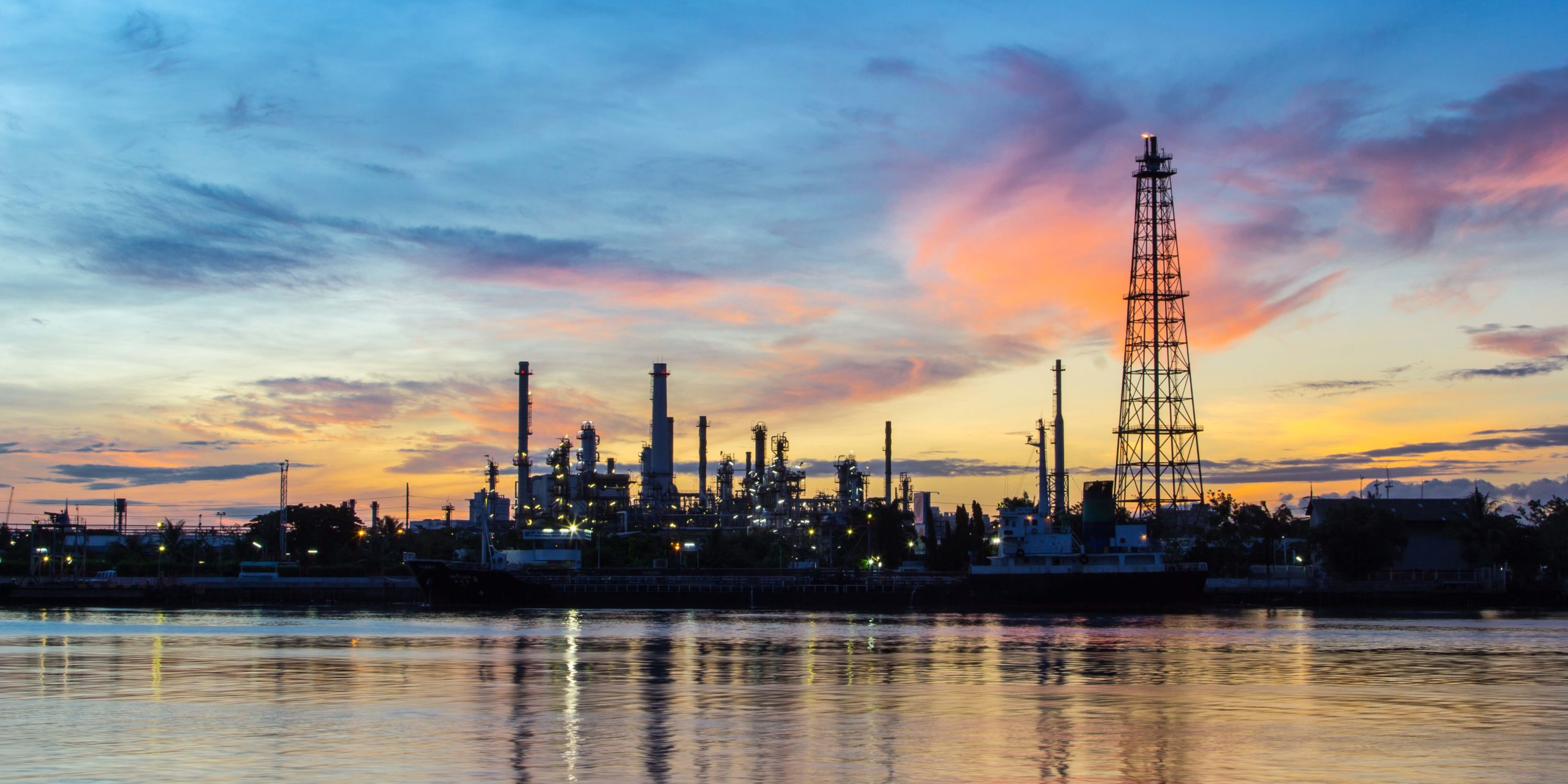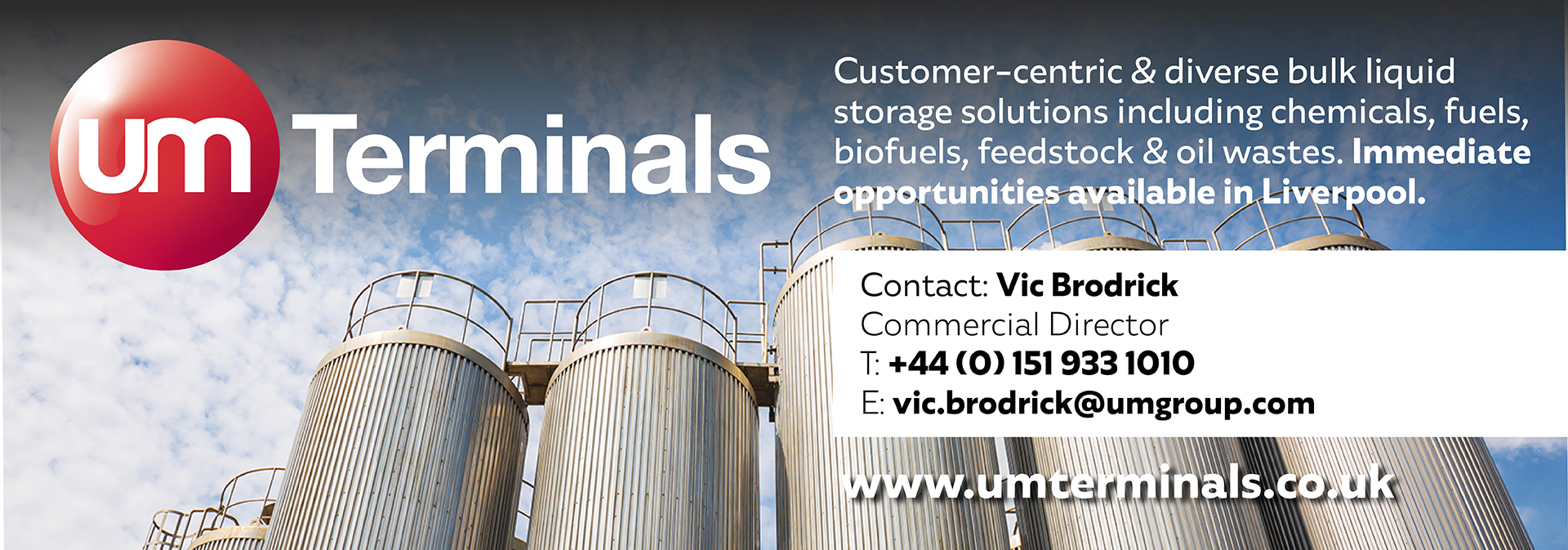The Russian invasion of Ukraine and subsequent US sanctions have added new kinks to the global supply chain, especially when it comes to crude oil supply. The latest sanctions came last week when President Biden declared a ban on imports of Russian oil, natural gas, and coal.
While Russian oil accounted for less than 8 percent of US energy imports in 2021, Port of Corpus Christi CEO Sean Strawbridge stated: “We certainly can expect to see higher fuel prices in the near term until the Ukrainian crisis is resolved.”

The ban, which goes into effect next month, means that: “Those American companies that are buying that crude oil have to find alternative sources of crude oil and at a time when global demand for energy continues to rise,” Strawbridge added. “When you take large producers of energy off the table, like Russia and Venezuela, and certainly as we’ve seen with Iran for many years, it just puts more stress on the overall supply.”
Crude prices hovered around $110 per barrel on Monday as negotiations between Russia and Ukraine fail to gain traction. Consumers have felt the pain of rising gas prices as the average price reached $4.25 a gallon as of Monday.
The Port of Corpus Christi, which is located on the south-central coast of Texas, anticipates “about four more cargos arriving between now and when the ban will actually take effect,” he added.
Once the sanctions do kick in, the Port of Corpus Christi is poised to pick up the slack and deliver.
“We’re number1 in crude oil exports with about 60 percent market share, we’re number 2 in liquified natural gas, and we’re number 3 in refined product,” Strawbridge said. “So that makes us the largest single gateway for American energy exports to our allies and our partners.”
There are a number of challenges to simply ramping up crude oil production, as the Biden administration has urged American companies to do.
“One is getting more permits, regulatory permitting by the federal government for those producers to produce more natural gas, and then getting that natural gas to the coast where it can be liquified,” Strawbridge explained. “And that’s really where one of the challenges lies right now is liquefaction capacity has no room for growth until we build more facilities.”
President Biden has maintained that his administration’s policies have not made the US more susceptible to shocks from the ban of Russian energy imports.
“In the United States, 90 percent of onshore oil production takes place on land that isn’t owned by the federal government,” Biden said on March 8, in a press conference. “And of the remaining 10 percent that occurs on federal land, the oil and gas industry has millions of acres leased. They have 9,000 permits to drill now. They could be drilling right now, yesterday, last week, last year. They have 9,000 to drill onshore that are already approved.”
Data from the Bureau of Land Management showed that 9,713 permits for federal and Indian lands were approved and available to drill in 2021.
Strawbridge noted that one limiting factor for drilling capacity is that: “Those facilities are extremely capital intensive. They take a long time to be built.”
He also highlighted that the port’s largest liquefied natural gas (LNG) customer, Cheniere Energy (LNG), is currently at max capacity in Corpus Christi, producing about 15.5 million tonnes of LNG a year.
Although Cheniere announced that it will be adding another 11 million tonnes of production: “That expansion will not actually yield actual results, actual cargo to be loaded on vessels, until likely closer to 2025,” Strawbridge said.
Issuing permits for drilling is not the only hurdle to expanding LNG production.
For LNG to be transported, it must also go through a liquefaction process. According to Strawbridge, the US government could also lessen federal regulations when it comes to liquefaction facilities.
“The Federal Energy Regulatory Commission (FERC) is the primary regulator that issues the permits for those facilities,” Strawbridge said. “And FERC has to fast track some of those permits in order for us to see more liquefaction capacity to be able to take that abundant, natural gas that we have from the production fields, liquefy it, put it into vessels. and then ship it to our allies and our partners who need it the most.”
Furthermore, not all crude oil is created equal, Strawbridge noted. While the US tends to export refined petroleum products like gas and diesel, it is a net importer of raw crude oil. Refineries also vary in their ability to handle different specifications of crude oil based on the raw material and refining process.
“Here in the Gulf, a lot of the refineries are tooled for what’s called a heavier barrel. And those heavier barrels are usually sold at a discount to the index rates such as WTI and Brent,” Strawbridge said. “They’re a little cheaper feedstock, which creates a little more margin for those refineries.”
The concern for those refineries will be getting those heavier barrels, which typically come from Russia and Canada.
“Because we’ve got an abundance of crude oil in the United States — the Permian basin alone producing more than any other OPEC nation now, with the exception of Saudi Arabia — we are seeing a retooling of a lot of these Gulf refineries,” he added. “But those retoolings are very capital intensive and they take a tremendous amount of time.”
For more information visit portofcc.com




















